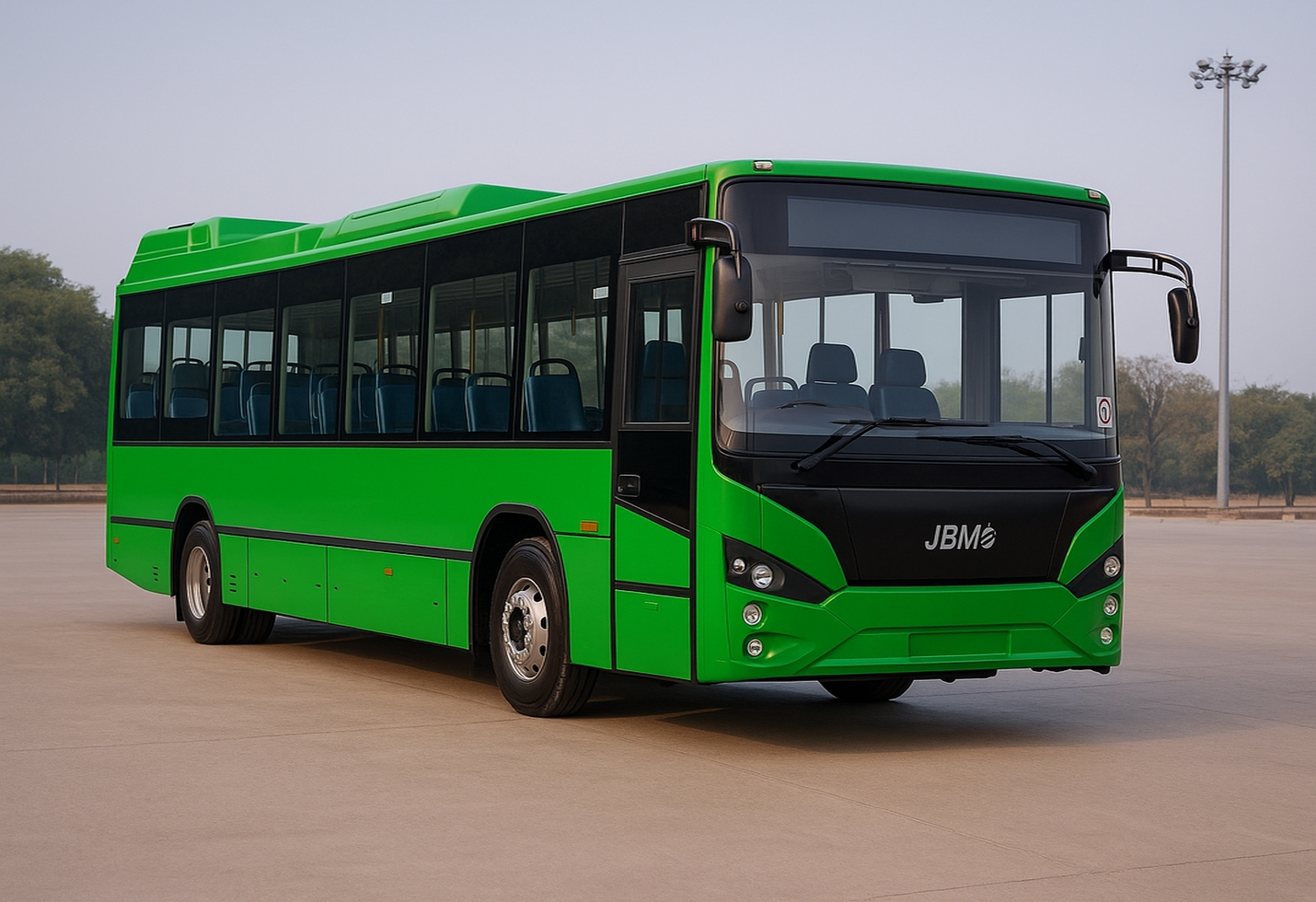GST 2.0 Boost: Investment Opportunities in Automobiles and Consumer Durables
The GST Council’s rationalisation package—commonly called GST 2.0—came into force on 22 September 2025, collapsing multiple slabs and reducing tax rates on a wide list of everyday items, including many automobiles and consumer appliances. The change was explicitly designed to lower headline prices at the point of sale and stimulate household spending in the festival season. This policy shift is the proximate cause of the demand moves discussed below.
Ground-level evidence: sales and bookings surged immediately
The demand reaction was fast and visible. Dealers in Ludhiana reported unprecedented showroom activity: one group moved 70 car deliveries in a single day versus a normal 8–10, and bookings in some locations jumped from ~20–30 per day to ~150 after the GST change. Automakers also disclosed material booking increases across marquee models, and media reports showed several OEMs offering combined “GST + festive” packages to accelerate conversions. These on-the-ground anecdotes underscore that the reform is not only theoretical — shoppers responded within days.
Why autos and durables profit more than others
Three mechanics drive sector-level outperformance.
* First, GST cuts are visible on final invoices for high-ticket purchases (cars, ACs, refrigerators, TVs) which shortens purchase deliberation.
* Second, the festival calendar converts a marginal price benefit into meaningful incremental purchases — OEMs and retailers layer traditional festive discounts on top of tax savings to amplify demand.
* Third, product-mix matters: premium and branded SKUs — which carry higher margin and lower cancellation rates — see proportionally greater conversion.
Top Six Stocks Worth Considering for Tactical Allocation
Below are six investible names across autos, appliances and channels, chosen for scale, balance-sheet health and direct exposure to the GST-driven demand upswing. Summaries include market-cap or valuation pointers current to 24–25 Sept 2025 (figures from cited market-data sources).
1. Mahindra & Mahindra (M&M) — Organised SUV/utility exposure, strong rural+urban retail network; large festive discounts announced (up to ~₹2.5 lakh combining GST + offers). Market cap ≈ ₹3.99 trillion; P/E ~29; enterprise-value signals elevated scale — suitable as a core auto recovery play. Watch dealer inventory and channel margins.
2. Maruti Suzuki India — Market leader with the deepest retail reach and the largest share in entry and mid segments; reported strong booking volumes immediately post-GST. Market cap ≈ ₹5.1 lakh crore; trailing P/E in the mid-30s; ROCE above 20% — a lower-risk way to play volume recovery. Monitor margin sensitivity to discounting.
3. Voltas — The branded air-conditioning and cooling specialist that benefits from both spending on upgrades and replacement demand; a primary appliance play for a hotter summer-to-festive cycle. Market cap ≈ ₹450–455 billion; debt on books is low (reported minimal long-term borrowings as of Mar 2025). Voltas is suited for investors who prefer appliances over autos.
4. Blue Star — Strong presence in commercial and consumer cooling, with channel reach and after-sales service that drives premium conversions. Market cap ≈ ₹40,000+ crore; trailing P/E elevated (reflecting premium growth expectations). A clear beneficiary if AC and premium appliance sales sustain.
5. Havells India — Large electricals and consumer-durables franchise with historically low net debt and steady margin profile; benefits indirectly through higher replacement & discretionary electrical sales. Market cap ≈ ₹96,800–97,000 crore; robust reported ROCE and a consistent dividend record make it a defensive durable play.
6. Bajaj Electricals — A combined manufacturer/retailer exposure that can capture channel restocking and short-term spikes; also reported administrative GST clarifications and tax demand reductions that affect near-term cash-flow. Suitable as a tactical mid-risk trade on consu mer durables.
Valuation, margins and the timing trade
The GST-triggered demand surge is real but front-loaded. Market reactions in late Sept 2025 already priced a portion of the uplift into multiples for top picks. Before allocating capital, check three things: gross-margin resilience — can companies maintain margin after passing on benefits, working capital impact — larger dealer discounts or extended dealer credit can stretch cash conversion, and inventory turns — sustained restocking signals deeper demand versus a one-time pull-forward. For large OEMs, the risk is margin dilution; for appliance makers, it’s inventory-led margin compression if component costs climb.
What to monitor over the next 4–12 weeks
Track weekly or monthly registration & booking data released by dealers or industry bodies; corporate September-quarter commentary for margin and channel-status notes; and any CBIC or GST Council clarifications that change how companies pass on benefits (authorities have signalled active monitoring). A sustained multi-month uplift would validate upgrades; a sharp reversion implies demand pull-forward and potential mean reversion in stock performance.
Conclusion
GST 2.0 (effective 22 Sept 2025) has already produced actionable demand signals. The highest-probability winners are large, organised OEMs and branded appliance manufacturers/retailers with clean balance sheets and strong distribution. For investors, the simplest approach is a core+ tactical allocation: core exposure to market leaders (Maruti, M&M) and selective tactical positions in appliance names and component suppliers (Voltas, Blue Star, Havells, Bajaj Electricals), with close attention to margins, dealer inventory and September-quarter commentary.
The image added is for representation purposes only





